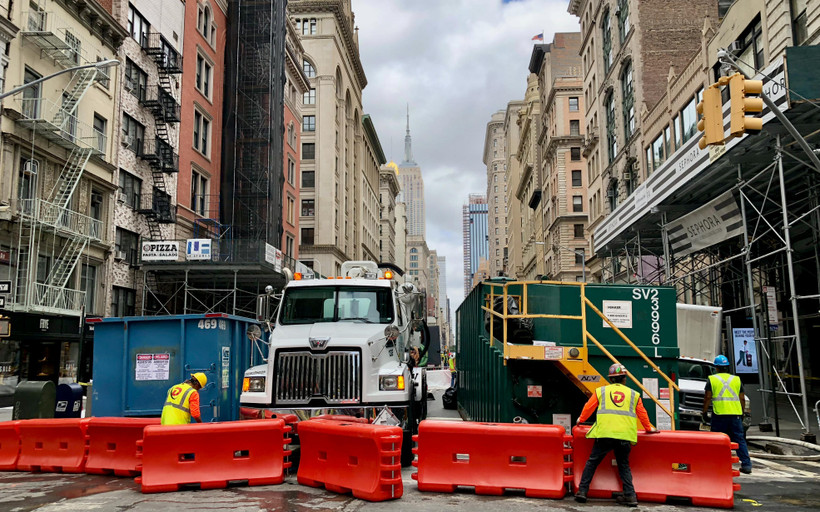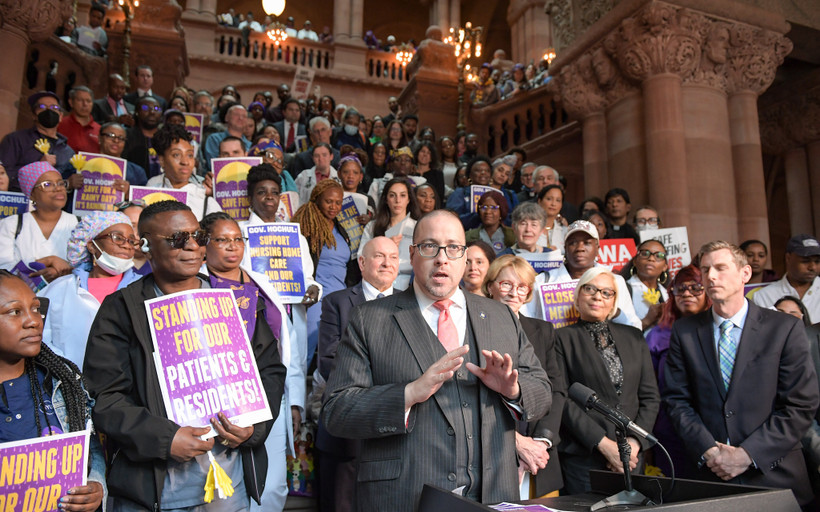Albany to Suburbs: We’ll Pay You to Build Housing. Suburbs to Albany: No Thanks
Mayors said they aren’t interested in state grants to expand housing. “You can’t dig a hole in the ground for that kind of money,” one told New York Focus.

We’re fine if we don’t get any money. Honestly it’s not going to make much of a difference for us even if we were to get a $50,000 grant.
In my village we don’t have the space for it. They can incent me all they want.

They really lack compassion. They need to go to church on Sunday or something.

Low-wage manual laborers can sue to make their bosses pay them weekly. Hochul’s late-breaking budget addition may undermine that right.
New York’s transparency watchdog found that the ethics commission violated open records law by redacting its own recusal forms.
New York has one of the weakest consumer protection laws in the country. This year’s state budget may change that.
Hochul’s proposed Medicaid cuts include $125 million from Health Homes, a program that connects the neediest New Yorkers with medical care, food assistance, and more.
One in five kids in New York live in poverty. Legislators are pushing Hochul to fulfill her promise to cut that rate in half.
The Assembly and Senate want to beef up labor standards and farmland protections for clean energy projects. Developers say that would slow down the energy transition.
As real estate developers resist wage guarantees and try to roll back tenants’ rights, a potential budget deal is at an impasse.
What are industrial development agencies?
The county is ready to restart real estate subsidies after a two-year pause. Residents fear it won’t fix their housing crisis.



